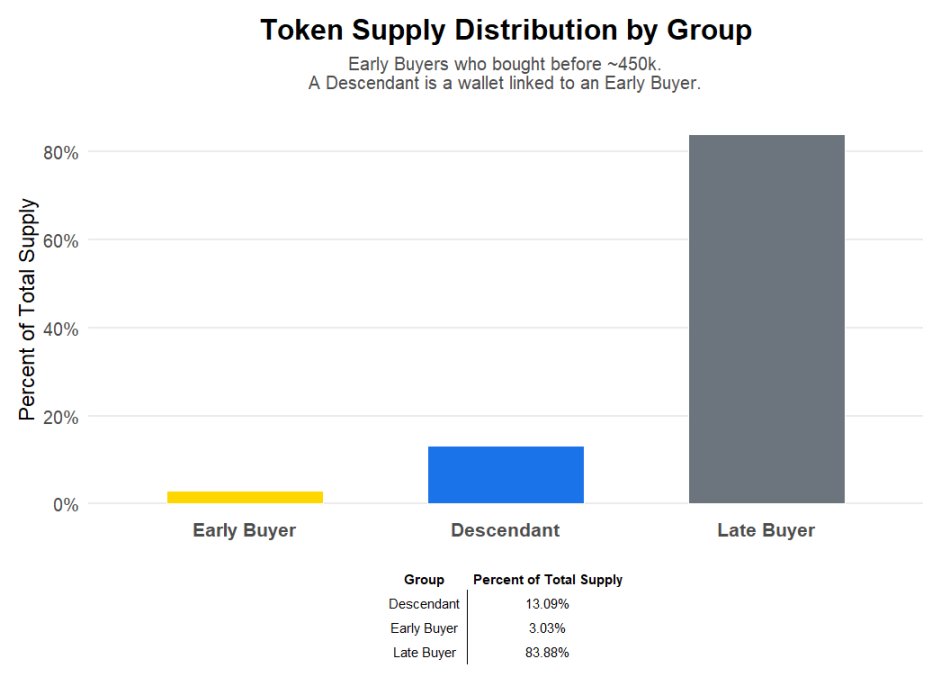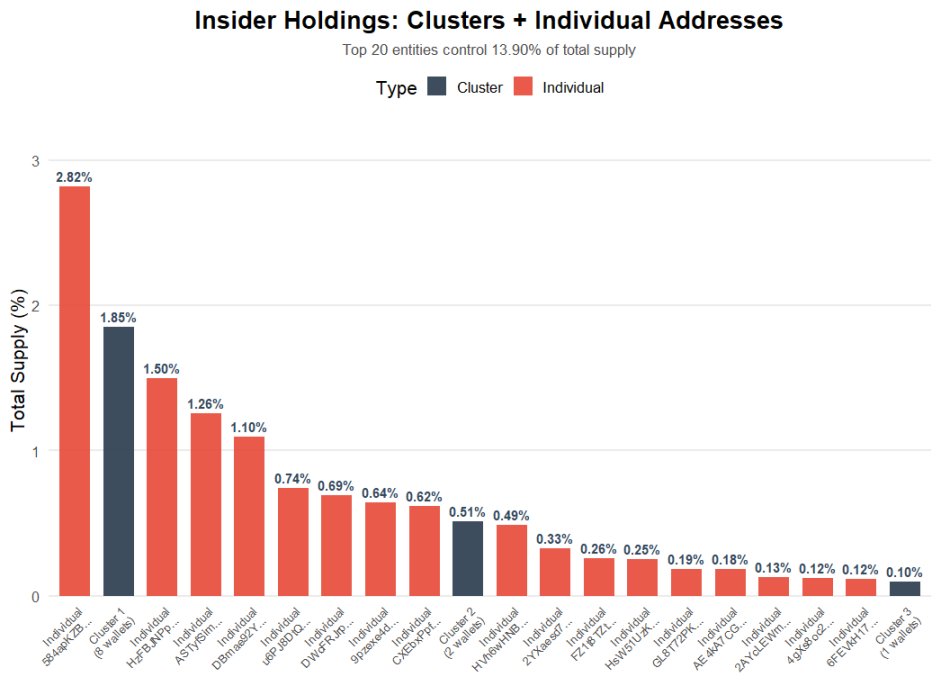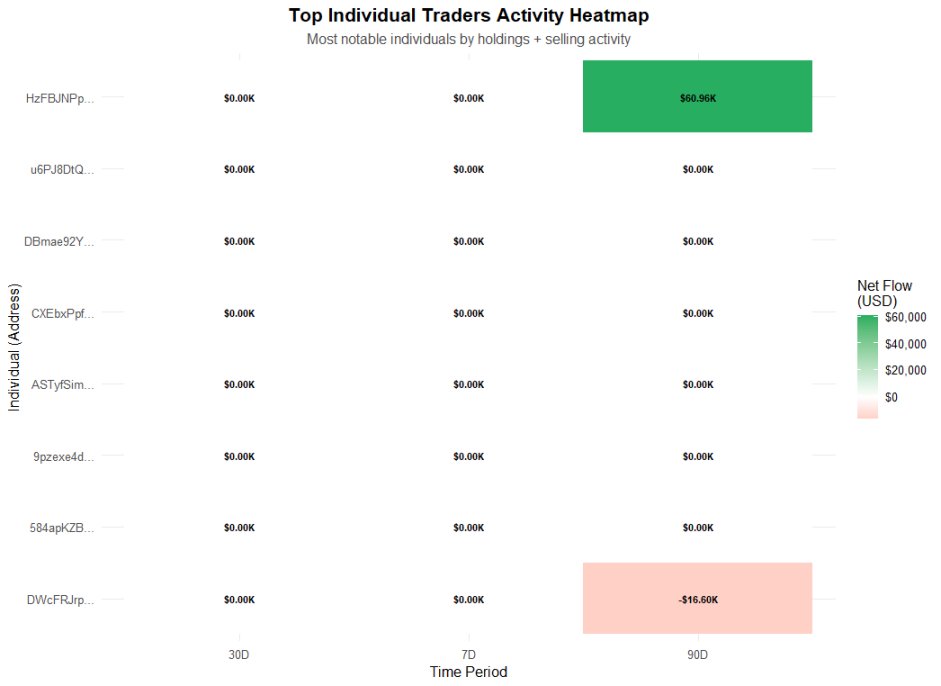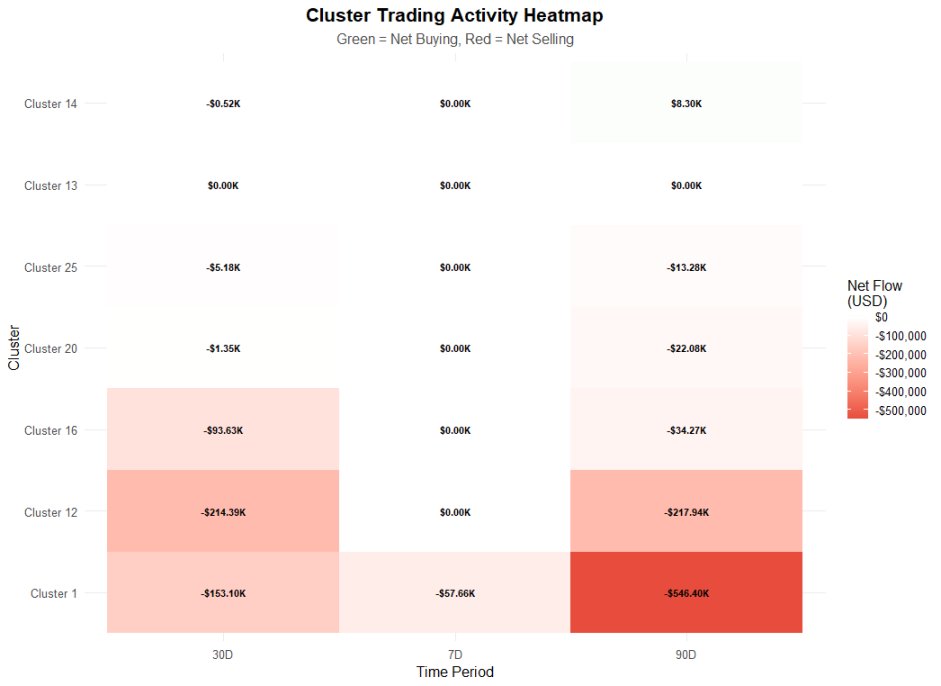🔴FN Hotspot Express丨After listing on Binance, the price of $USELESS skyrocketed. How many insider trades are there?
Binance Alpha announced the listing of $USELESS, and its BSC chain token briefly surged past 0.6 USDT, increasing by over 50%. What are the risks behind this frenzy? Is USELESS a highly controlled token, and is its chip structure healthy?
The on-chain analysis account Onchainmetrics recently published a lengthy article analyzing on-chain data around USELESS to respond to concerns about the "Bonk Cabal" controlling all chips, and presented the project's real distribution structure and internal wallet behavior through on-chain tracking.
🐭What is "insider trading"? — Profile of early buyers
The "Insider" referred to in Onchainmetrics' analysis is defined as addresses that completed purchases within the first two hours of USELESS's launch, during which the project's market cap was between 150,000 and 300,000 USD. This definition not only includes project insiders but may also encompass some "lucky early bird" users.
Based on this analysis, 18 Insider wallets and over 300 "Insider Descendants" (associated sub-wallets) were identified, forming the core sample of this tracking.
🧭Distribution: Proportion of Insiders vs. Retail Investors
Statistics show that the 18 Insiders and their sub-wallets hold a total of 16.12% of the total supply of USELESS, while later buyers (approximately 25,000 addresses) hold the remaining 83.88%.
This also means that, although there are indeed "insider trades" with large early holdings, there is no concentration phenomenon of "Bonk Cabal controlling all chips"; the claim of "absolute monopoly supply" does not hold.
👤Insider structure: Major holders are mostly individuals
Further network structure analysis of these Insider wallets, after removing all bot and smart contract addresses, identified multiple "insider trading clusters" with financial connections to each other.
Notably, most heavyweight Insider wallets do not belong to any cluster but are held by individuals. The largest single Insider wallet currently holds 2.82% of the supply, while the largest cluster holds 1.85%. This indicates that the current chips are mainly concentrated among a few individuals rather than organized groups.
💎The vast majority of insiders choose to "hold" or continue buying
Onchainmetrics constructed a comprehensive evaluation formula based on holding volume, historical holding, and selling behavior, selecting 8 of the most representative Insider wallets for visual analysis of their trading behavior.
The results show that almost all of these 8 wallets are in a state of "holding or increasing positions," with only 1 wallet showing significant selling behavior. Considering that the asset scale of these wallets generally reaches seven figures or higher, the collective choice to "hold" is particularly striking and reflects their optimism about the future market.
💱Insider cluster behavior: Some clusters are still distributing
Unlike individual behavior, the overall Insider clusters are in a "gradual distribution" phase. Current liquidity mainly comes from two clusters: Cluster 1 has 1.9% of the remaining tokens, and Cluster 12 has 0.53% left. Other clusters have either completed distribution or are still silently holding.
Send to see the chip tracking summary 🧐:
Show original



2.38K
3
The content on this page is provided by third parties. Unless otherwise stated, OKX is not the author of the cited article(s) and does not claim any copyright in the materials. The content is provided for informational purposes only and does not represent the views of OKX. It is not intended to be an endorsement of any kind and should not be considered investment advice or a solicitation to buy or sell digital assets. To the extent generative AI is utilized to provide summaries or other information, such AI generated content may be inaccurate or inconsistent. Please read the linked article for more details and information. OKX is not responsible for content hosted on third party sites. Digital asset holdings, including stablecoins and NFTs, involve a high degree of risk and can fluctuate greatly. You should carefully consider whether trading or holding digital assets is suitable for you in light of your financial condition.

